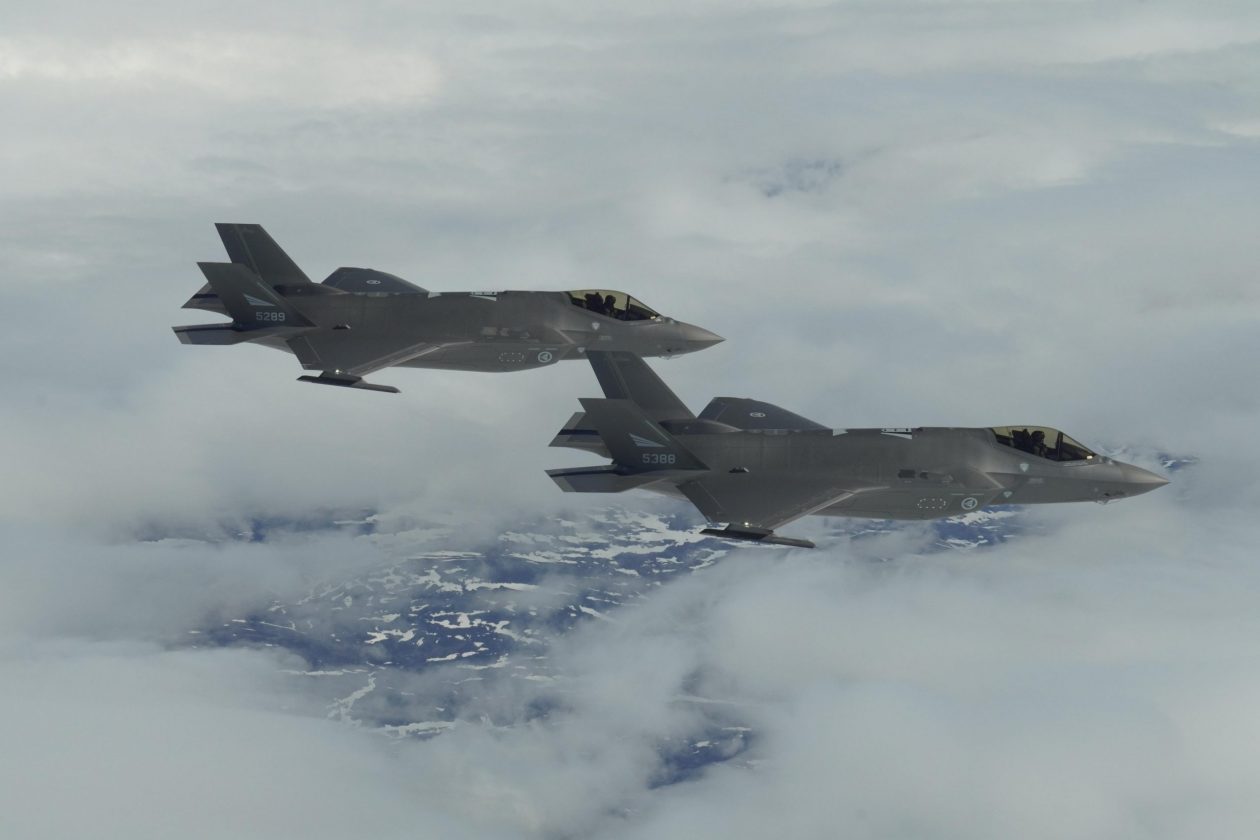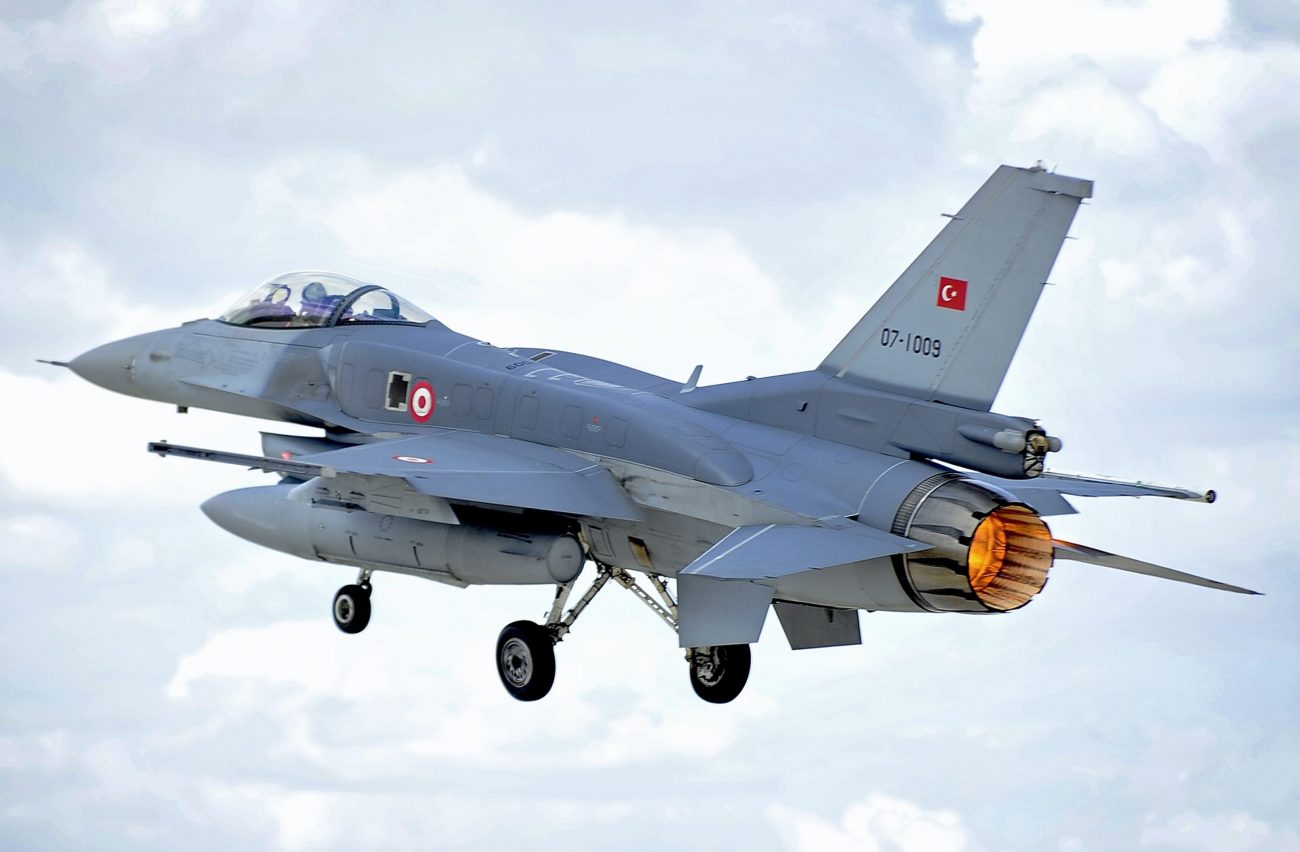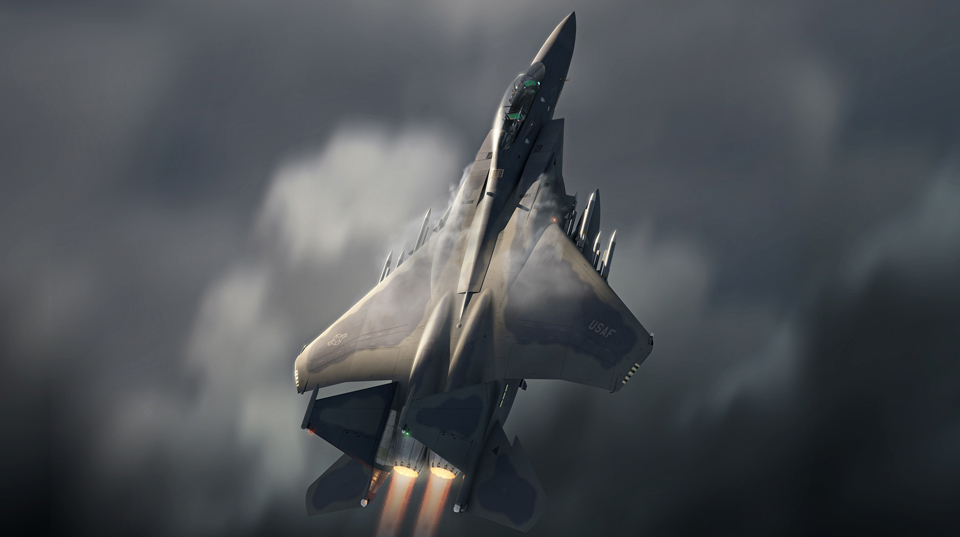The F-35 is emerging as a top choice of major powers across the world. After Israel is set to receive more F-35s from the United States (US) and Germany announced its plan to buy 35 F-35A fighters earlier this month and Canada has now chosen it over the SAAB Gripen to replace its aging fleet of CF-18s.
The ever-increasing interest in the fifth-generation stealth fighter has almost made it a mainstay of media attention these days, especially after news of Israeli F-35 Adirs shooting down Iranian UAVs or British F-35Bs being deployed in Eastern Europe in the backdrop of the Ukraine war.
However, seven years back, the F-35 fighter jet had made a flurry of headlines around the world for having lost to a decades-old F-16 multirole fighter aircraft in a mock combat exercise of the U.S. Air Force (USAF).
David Axe, a defense commentator who regularly writes for Forbes and the Daily Beast, had put out a damning report in 2015 by an F-35 test pilot about mock air battles that detailed how the Joint Strike Fighter had lost in dogfights with F-16s and F-15s, the very planes it was meant to replace.
“The F-35 is dead meat in a real war against a determined foe,” wrote Axe at the time.
The two airplanes carried out a series of basic flight maneuvers – a term for dogfight – at altitudes between 10,000 and 30,000 feet (3,000-9,000m), with the test pilot particularly focused on the performance of the F-35 at high angles of attack (AOA).

The AOA is basically the angle between the flight path of the airplane and the direction in which its nose is pointed. It determines the lift generated in the aircraft, where a high AOA would involve the nose of the airplane pointing further up than the direction in which it is flying.
At higher AOA, the separation of the airflow over the upper and lower surfaces of the airplane increases and that causes turbulence over the upper surface decreasing the lift and controllability of the aircraft, dubbed ‘stalling’.
So, the high AOA tests are conducted to make sure that when the aircraft is engaging an enemy target, the pilot must not only be able to control the aircraft at high AOA, but also be able to maneuver as needed.
The Air Force report stated that the evaluation focused on the overall effectiveness of the F-35 while “performing various specified maneuvers in a dynamic environment,” including offensive, defensive, and neutral setups at various altitudes, ranging from 10,000 to 30,000 feet. While the F-35 was found to be capable in high AOA flights, it was not able to distinguish itself beyond performing a defensive move.
It couldn’t kill an opponent or survive an attack because it stalled. In addition, the stealth fighter was very sluggish in responding effectively to the swift maneuvers of its older opponent, the F-16.

The F-35A used in the test was at a distinct disadvantage with an underpowered engine and to make matters worse in a dogfight, the test pilot found it almost impossible to turn his head to see behind the plane, hindering the pilot’s battlespace awareness.
However, the aircraft used for the test was not a combat-ready jet but rather a test platform and it lacked all the technology that is found in the operational F-35 today. “The media report on the F-35 and F-16 flight does not tell the entire story,” the F-35 Joint Program Office (JPO) said at the time.
“The F-35 involved was AF-2, which is an F-35 designed for flight sciences testing, or flying qualities, of the aircraft. It is not equipped with a number of items that make today’s production F-35s 5th Generation fighters.”
The JPO further explained that the AF-2 test aircraft did not have the software designed to utilize the aircraft’s next-generation sensors and the radar-absorbent material coating.

The AF-2 also lacked “the weapons or software that allow the F-35 pilot to turn, aim a weapon with the helmet, and fire at an enemy without having to point the airplane at its target,” the JPO added.
The very scenario of a dogfight is something F-35 is not necessarily made for, as it is a stealth aircraft that mainly focuses on flying undetected and has beyond visual range (BVR) capabilities to paint a clear picture of the threat environment for miles so that it can engage with targets without being seen.
“If I went out and fought a F/A-18 on day one I’d get destroyed,” said Dan Flatley, the Marine Maj. US Marine Corps (Ret.) who helped design the training syllabus for F-35 dogfights. “But if you do what the jet is really good at, you can do things those other jets wouldn’t dream of.”
- Written by Tanmay Kadam/EurAsian Times Desk
- Contact the author at etdesk@eurasiantimes.com
- Follow EurAsian Times on Google News




